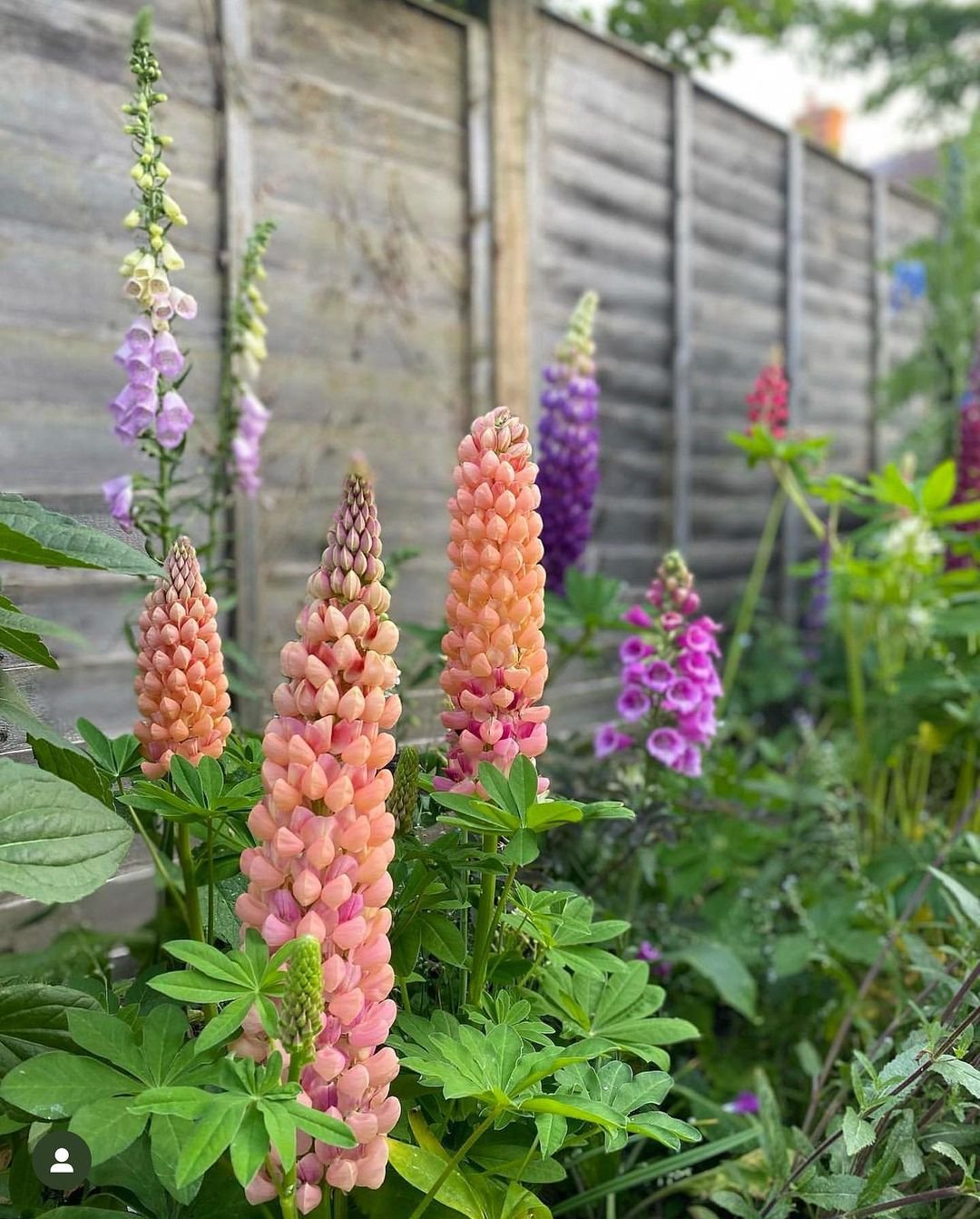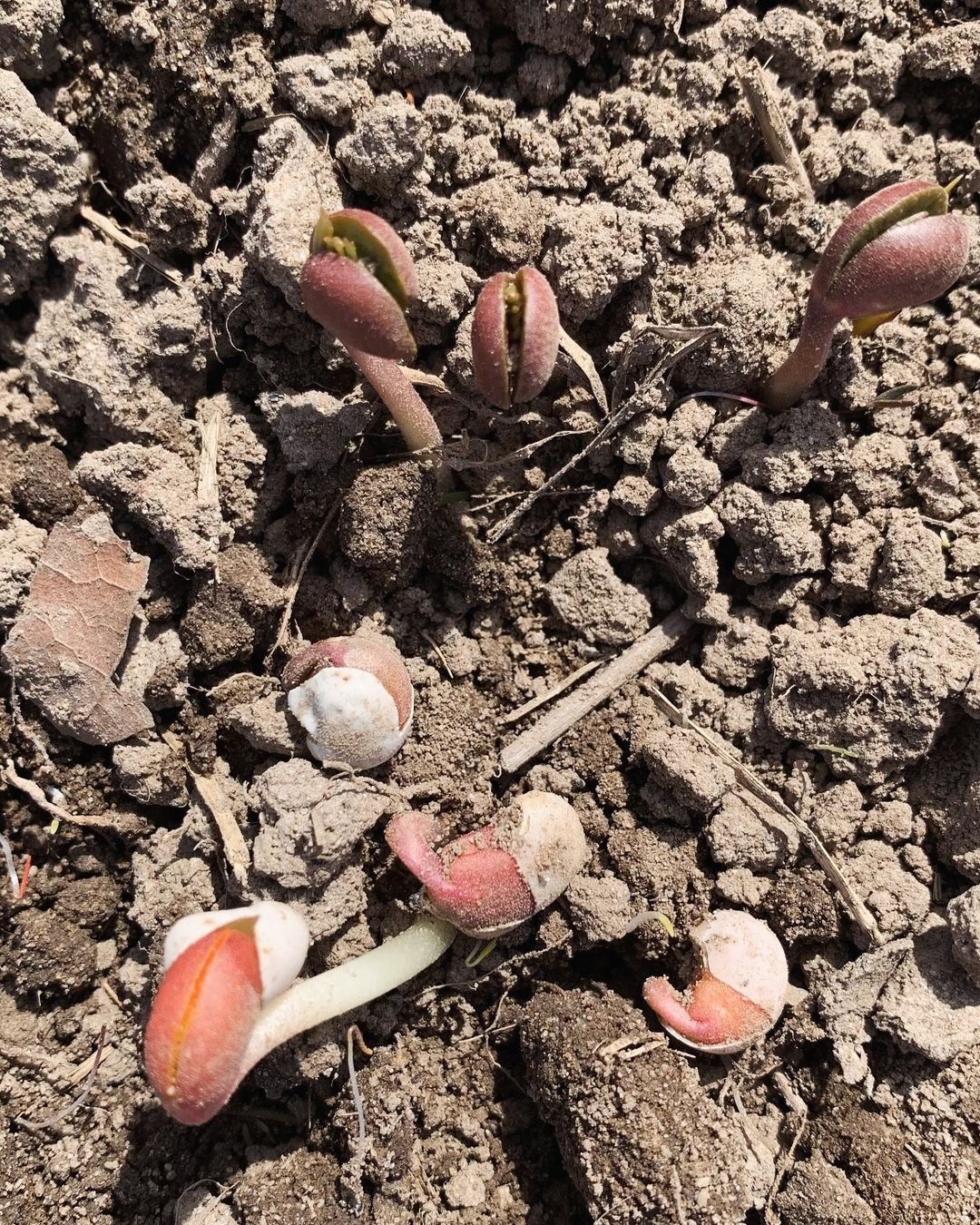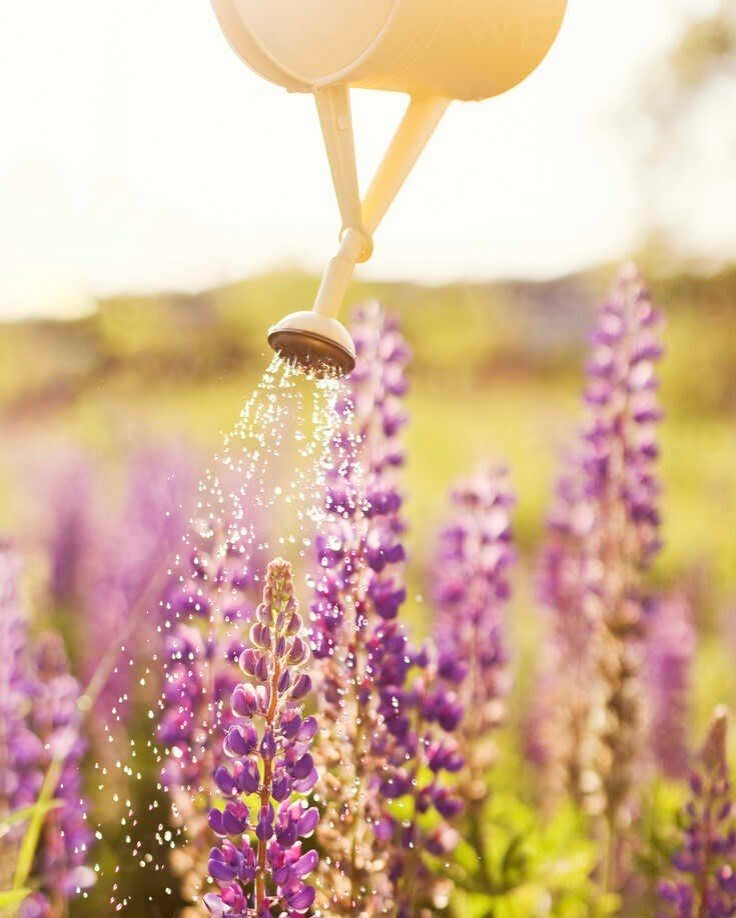Learn how to plant, grow and care for Lupine flowers in your garden with this complete guide. Get expert tips on soil requirements, planting times, watering needs and more for a successful lupine bloom.
Lupines, with their vibrant colors and tall spikes, are a striking addition to any garden. These beautiful flowers come in a variety of hues, including purple, pink, yellow and white and can add a touch of whimsy and charm to your outdoor space. However, growing lupines successfully requires some specific care and attention. In this guide, we’ll cover everything you need to know about planting, growing and caring for lupine flowers.
Here’s a short information chart for Lupine flowers:
| Attribute | Information |
|---|---|
| Botanical Name | Lupinus spp. |
| Plant Type | Herbaceous perennial |
| Soil Type | Well-drained, loamy soil |
| Color Varieties | Blue, purple, pink, white, yellow, etc. |
| Zones | 3-9 (USDA Hardiness Zones) |
| Exposure | Full sun to partial shade |
| Bloom Time | Late spring to early summer |
| Height/Spread | 1-4 feet tall / 1-2 feet wide |
Choosing the Right Lupine Variety

Before you start, it’s important to choose the right lupine variety for your climate and gardening needs. Here are some popular options:
- Russell Hybrid Lupines: These are some of the most widely grown lupines, known for their vibrant colors and sturdy stems.
- Lupinus polyphyllus: This perennial lupine species is native to the western United States and can reach up to 4 feet tall.
- Lupinus nanus: For a more compact option, consider the dwarf lupine, which grows to about 1-2 feet tall and is perfect for rock gardens or borders.
Soil Requirements and Preparation

Lupines prefer well-draining, slightly acidic soil with a pH between 5.5 and 6.5. If your soil is too alkaline, you can amend it with sulfur or peat moss to lower the pH. Lupines also thrive in sandy or loamy soils and struggle in heavy clay.
To prepare your planting area, dig in some compost or well-rotted manure to improve drainage and add nutrients. It’s also a good idea to remove any weeds or grass from the area before planting.
Planting Lupines

The best time to plant lupines depends on your climate. In cooler regions, sow seeds directly in the ground in early spring as soon as the soil can be worked. In warmer areas, plant lupines in late fall or early winter for spring blooms.
For seed planting, sow the seeds about 1 inch deep and 6-12 inches apart in rows or clusters. If planting transplants, space them 12-18 inches apart, and be sure to water them well after planting.
Watering and Fertilizing

Lupines have deep taproots and are relatively drought-tolerant once established. However, they will need regular watering during their first growing season to encourage strong root development.
When it comes to fertilizing, lupines are light feeders and don’t require much supplemental nutrition. A light application of balanced fertilizer or compost in early spring can help promote healthy growth and flowering.
Pruning and Maintenance

After the initial bloom, you can deadhead spent flowers to encourage more blooms and prolong the flowering period. Pruning is generally not necessary for lupines, but you can remove any damaged or diseased stems as needed.
In areas with hot summers, lupines may go dormant during the hottest months. Don’t worry – this is normal behavior and the plants should bounce back in the cooler fall weather.
Common Pests and Diseases

Lupines are generally hardy plants, but they can be susceptible to a few pests and diseases:
- Aphids: These small, sap-sucking insects can infest lupine plants, causing stunted growth and distorted leaves. Treat with insecticidal soap or neem oil.
- Powdery mildew: This fungal disease appears as a white, powdery coating on leaves and stems. Improve air circulation and avoid overhead watering to help prevent its spread.
- Root rot: Caused by overwatering or poor drainage, root rot can be devastating to lupine plants. Ensure good soil drainage and avoid waterlogged conditions.
With proper care and attention, lupines can provide years of beautiful blooms and add a touch of charm to your garden. Whether you prefer the classic purples or more vibrant yellows and pinks, these stunning flowers are sure to delight and impress.
Pingback: Oxlip : A Delightful Primrose With a Rich History -
Pingback: Everything You Need to Know to Grow Monstera Deliciosa fruit
Pingback: How to Grow and Care for Ficus Lyrata (Fiddle Leaf Fig): A Comprehensive Guide -
Pingback: How to Grow and Care for Citronella Grass (Mosquito Grass)